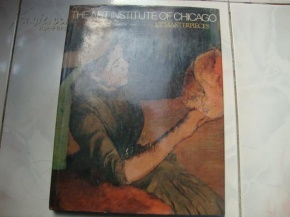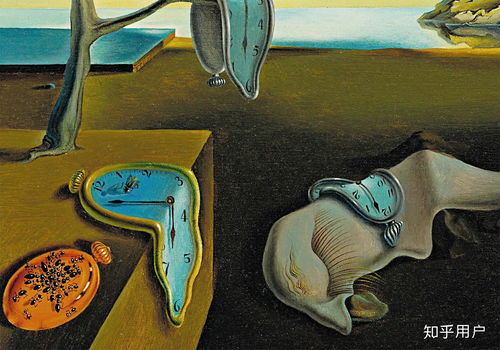Content:
As the spring season reaches its latter half, the weather becomes warmer, and the aquatic life in lakes and rivers becomes more active. Among the numerous fish species that anglers look forward to catching, grass carp is one that often tops the list. These fish are not only a delicacy but also a challenge to catch. In this article, we will delve into the art of catching grass carp in the late spring, offering valuable tips and techniques to help you land that prized catch.
Choose the Right Equipment
The first step in mastering the art of catching grass carp is to ensure you have the right equipment. For late spring fishing, you will need a medium to heavy-duty rod and reel, as grass carp can be quite strong and require a sturdy setup. A braided line is recommended for its sensitivity and strength. When it comes to hooks, use large, strong hooks that can withstand the pressure of a fighting grass carp.
Find the Ideal Spot
Grass carp are often found in shallow waters, particularly in areas with dense aquatic vegetation. Look for spots where the grass is thick, as these areas provide ample food and shelter for the fish. Additionally, grass carp tend to congregate in areas with slow currents and plenty of sunlight. Use a fishfinder or your local knowledge to locate such spots.

Understand the Behavior of Grass Carp
Grass carp are known for their voracious appetites and can be quite active during the late spring. They primarily feed on aquatic plants and algae, so they are often found near the shore or in shallow waters where these plants are abundant. Understanding their feeding patterns is crucial for successful fishing.
Use the Right Bait
When it comes to bait, grass carp are not picky eaters. They will consume a variety of baits, including live bait, artificial lures, and even commercial baits. Live bait such as worms, leeches, and minnows can be highly effective. However, if you prefer artificial baits, use soft plastics or crankbaits that mimic the movement of aquatic plants and insects.
Master the Art of Casting
Casting is a critical skill when fishing for grass carp, as these fish can be quite spooky. Aim for a gentle, accurate cast to avoid spooking the fish. Practice your casting technique in advance to improve your accuracy and minimize disturbances in the water.
Use the Right Techniques
There are several techniques you can use to catch grass carp, including:
a. Still Fishing: Cast your bait near the shore or in an area with dense vegetation and let it sit. Wait for the grass carp to bite and then set the hook.
b. Trolling: Trolling can be an effective method for covering more water and locating fish. Use a slow and steady pace while retrieving your bait, and be patient as grass carp can be slow to bite.
c. Jigging: Jigging involves moving your bait in a vertical motion to mimic the movement of aquatic plants. This technique can be particularly effective in areas with dense vegetation.
Be Patient and Persistent
Catching grass carp in the late spring can be a challenging endeavor, but with patience and persistence, you can increase your chances of success. Remember that these fish can be quite elusive, so don't get discouraged if you don't catch anything right away. Keep experimenting with different techniques and baits until you find what works best for you.
In conclusion, mastering the art of catching grass carp in the late spring requires the right equipment, knowledge of their behavior, and a variety of fishing techniques. By following these tips and staying patient, you'll be well on your way to landing that prized catch. Happy fishing!












